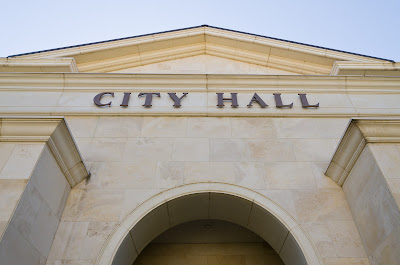The Local Government Distributive Fund (LGDF) was enacted in Illinois following the passage of the state income tax in 1969. A key element of the agreement was the establishment of revenue sharing, with local governments receiving a percentage of the income tax revenues on an annual basis. From the establishment of the state income tax until January 2011, this percentage held firm at 10 percent.
However, due to a recession and amidst budget shortfalls, that percentage was reduced to six percent in 2011 by the Democratic-led General Assembly. It has never been made whole since, dropping to a low of 5.45 percent in 2017. In the most recent budget that was passed for fiscal year 2024, local governments are receiving 6.47 percent, a tiny climb from the 6.16 percent figure in the 2023 budget
Illinois House Republicans have fought to restore this critical revenue source for local communities back to the intended 10 percent figure. State lawmakers have put forth income tax increases in 2011 and 2017 while at the same time reducing the percentage of money to be shared with local governments. LGDF revenue helps local governments fund essential services and programs, such as public safety, public health, and basic infrastructure and repair. This shared revenue also helps reduce the amount of revenue local governments collect through local taxes.
Despite claims of a ‘balanced’ budget by the Democrats and Gov. Pritzker, the state is continuing to shortchange local communities and utilize revenue earmarked for municipalities to cover its own budget shortfalls. The budget is already loaded with gimmicks by the Democrats, with a Department of Revenue reallocation that shifts $700 million from the Personal Property Replacement Tax into the General Revenue Fund. And while the Democrats and Gov. Pritzker are playing games with every citizen’s tax dollars, local governments’ budgets continue to be stretched thin.
LGDF accounts for sizeable portions of a municipality’s operating budget, in some cases between 10 and 20 percent. This amounts to millions of dollars annually, and in addition to skyrocketing costs due to inflation and continued residual effects of the pandemic, municipalities are faced with ever-rising pension costs, which account for substantial budget increases each year.
